Have you ever felt tired and hungry after a meal, even though you ate a lot of food? Or have you experienced a sudden spike in your energy level followed by a crash? If so, it may be related to the glycemic index and glycemic load of the food you ate. In this blog, we will discuss the glycemic index and glycemic load, how they affect our bodies, and how we can use this information to make better food choices.
What is the Glycemic Index?
The glycemic index (GI) is a measure of how quickly carbohydrate-containing food raises blood sugar levels. The scale ranges from 0 to 100, with higher scores indicating a faster and more significant rise in blood sugar levels. Pure glucose has a GI of 100, while foods with a GI of 55 or less are considered low-GI foods, and those with a GI of 70 or higher are high-GI foods.
What is a Glycemic Load?
Glycemic load (GL) is a measure that takes into account the number of carbohydrates in a serving of food and the GI of those carbohydrates. GL gives a more accurate picture of how food affects blood sugar levels than GI alone. The formula for calculating GL is:
GL = GI/100 x Net Carbohydrates per Serving
Net Carbohydrates = Total Carbohydrates – Fiber
Foods with a GL of 10 or less are considered low-GL foods, while those with a GL of 20 or more are high-GL foods.
How Do GI and GL Affect Our Body?
When we eat carbohydrate-containing food, it gets broken down into glucose, which enters our bloodstream and provides energy to our bodies. However, if the glucose levels in our bloodstream rise too quickly, our body releases insulin to bring them down.
Insulin is a hormone that helps glucose enter our cells to be used for energy or stored for later use. When our body releases too much insulin, it can lead to a sudden drop in blood sugar levels, which can make us feel tired, hungry, and irritable.
Foods with a high GI and GL can cause a rapid rise in blood sugar levels, which leads to a surge of insulin. This sudden spike in insulin can result in a rapid drop in blood sugar levels, which can leave us feeling tired and hungry soon after eating.
On the other hand, foods with a low GI and GL release glucose into our bloodstream more slowly, leading to a gradual rise and fall in blood sugar levels, keeping us feeling full and energized for a more extended period.

How Can We Use GI and GL to Make Better Food Choices?
Now that we understand the significance of GI and GL let us use this information to make better food choices. Here are some tips to get started:
- Choose whole foods: Whole foods, such as fruits, vegetables, whole grains, and legumes, are naturally low-GI and low-GL. They are also rich in fibre, which slows down the release of glucose into our bloodstream.
- Limit refined and processed foods: Refined and processed foods, such as white bread, pasta, and sugary snacks, are typically high-GI and high-GL. They are also low in fibre, which means they release glucose into our bloodstream quickly.
- Pair high-GI foods with low-GI foods: If you must eat high-GI foods, try to pair them with low-GI foods to slow down the release of glucose into your bloodstream. For example, have a piece of fruit with a handful of nuts or add some protein to your meal.
- Use the GL to guide your portion sizes: Even low-GI foods can cause a significant spike in blood sugar levels if consumed in large quantities. Use the GL to guide your portion sizes and choose foods with a lower GL.
- Consider the cooking method: The way you cook your food can affect its GI. For example, cooking pasta al dente, or slightly undercooked, can lower its GI compared to fully cooked pasta.
- Be mindful of snacks and drinks: Many snacks and beverages, such as sodas, candy, and chips, are high in sugar and have a high GI and GL. Consider healthier options like fresh fruit, nuts, or plain yoghurt.
Final Thoughts
Understanding the glycemic index and glycemic load of our foods can help us make healthier food choices and maintain stable blood sugar levels. By choosing whole foods, limiting processed foods, pairing high-GI foods with low-GI foods, and using the GL to guide portion sizes, we can improve our overall health and well-being.
So, next time you reach for a snack or plan a meal, keep the GI and GL in mind and make choices that support your health and energy levels.
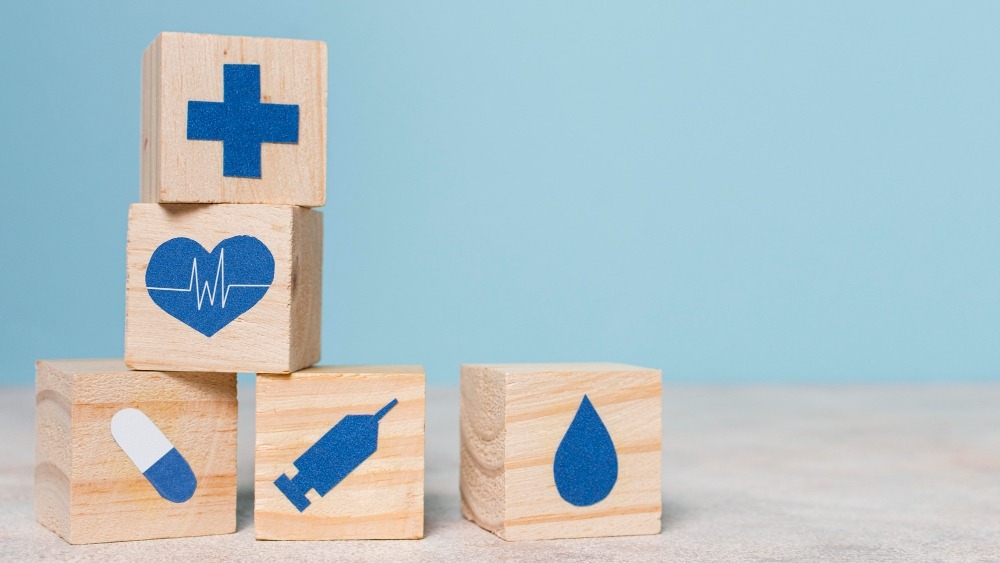






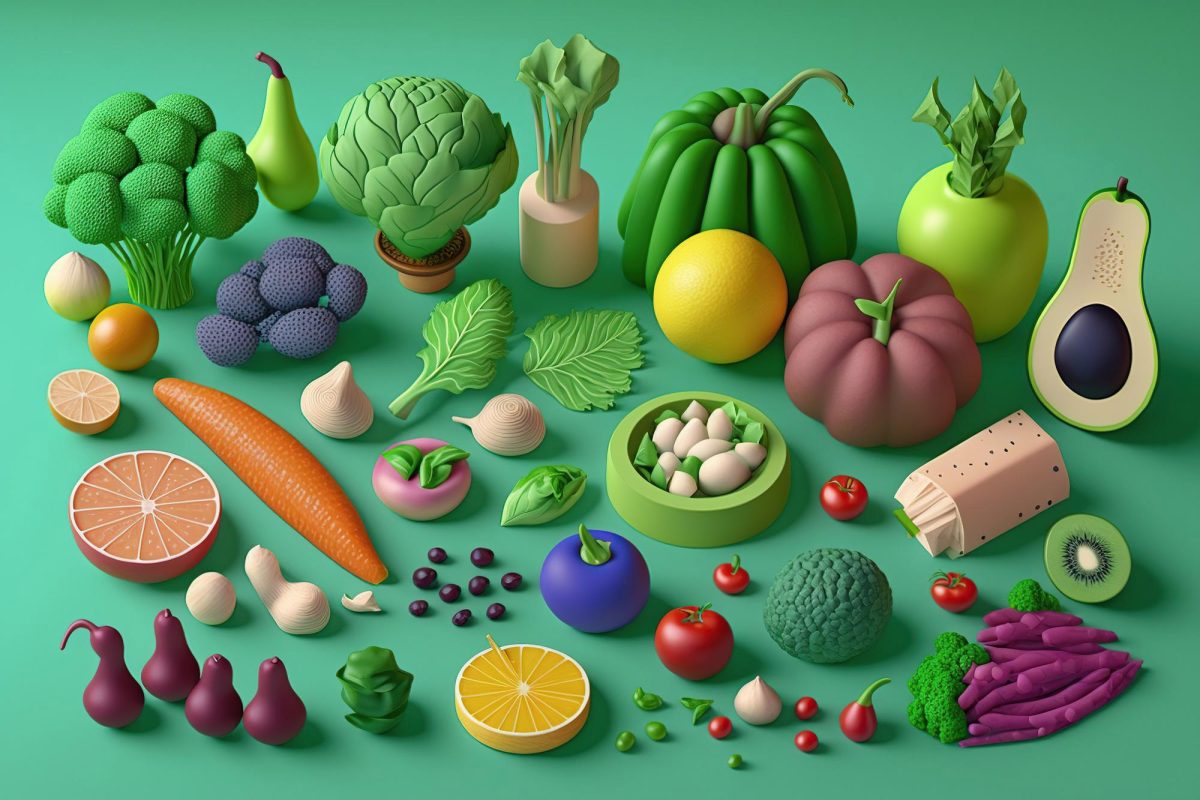

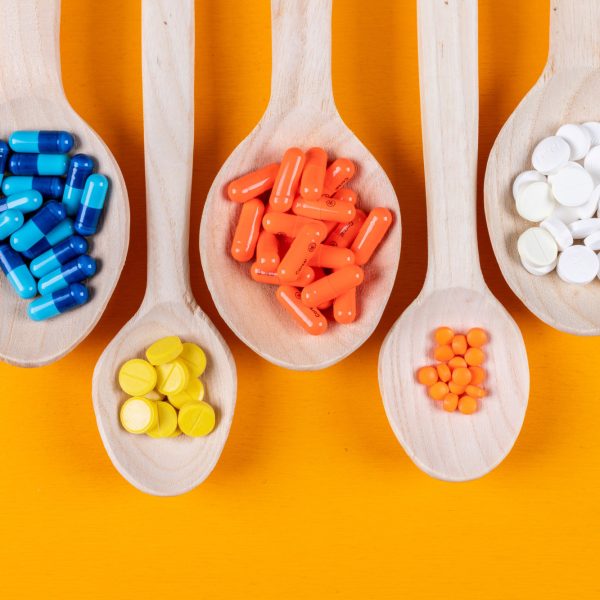
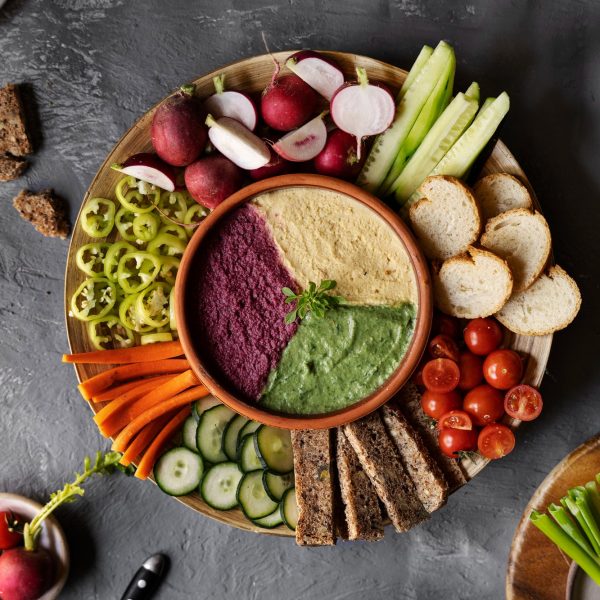

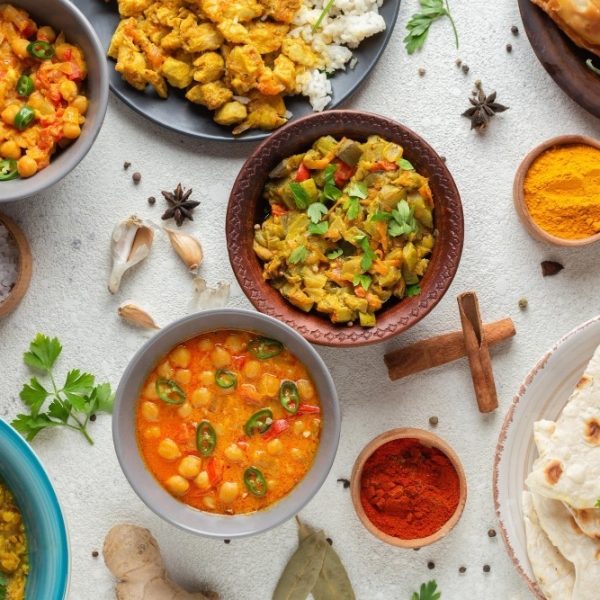








Share this article